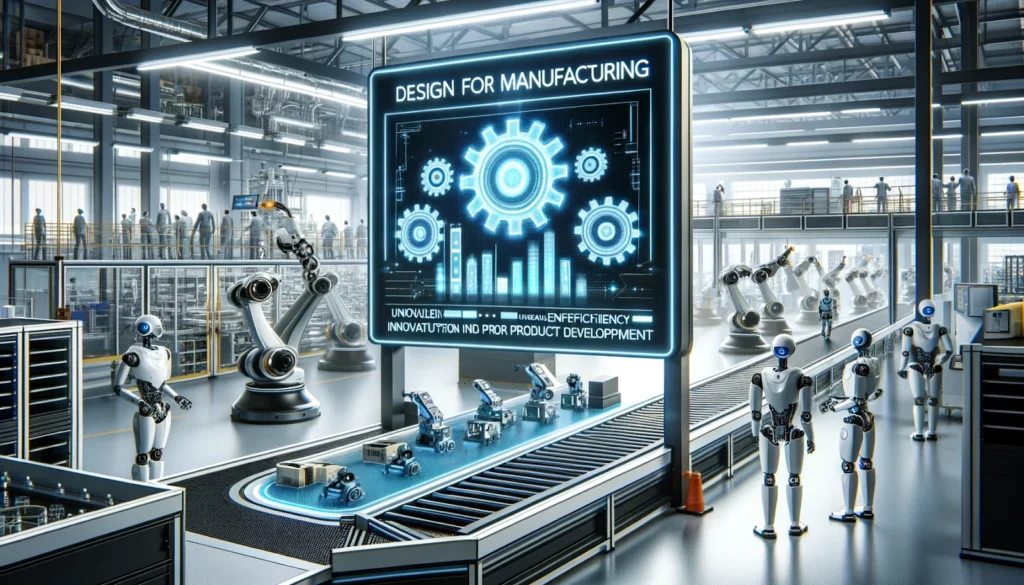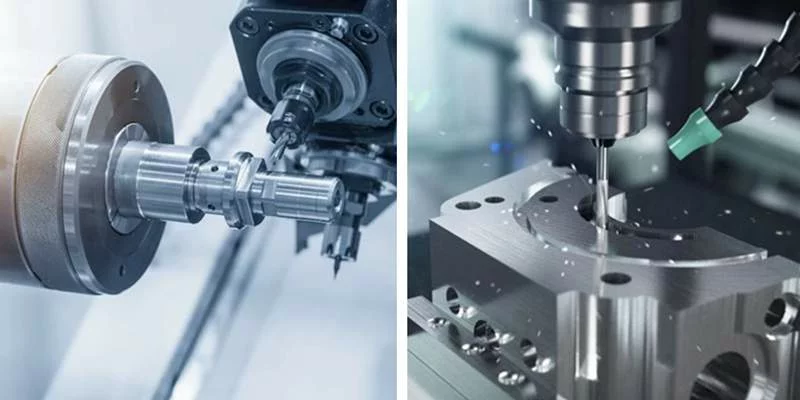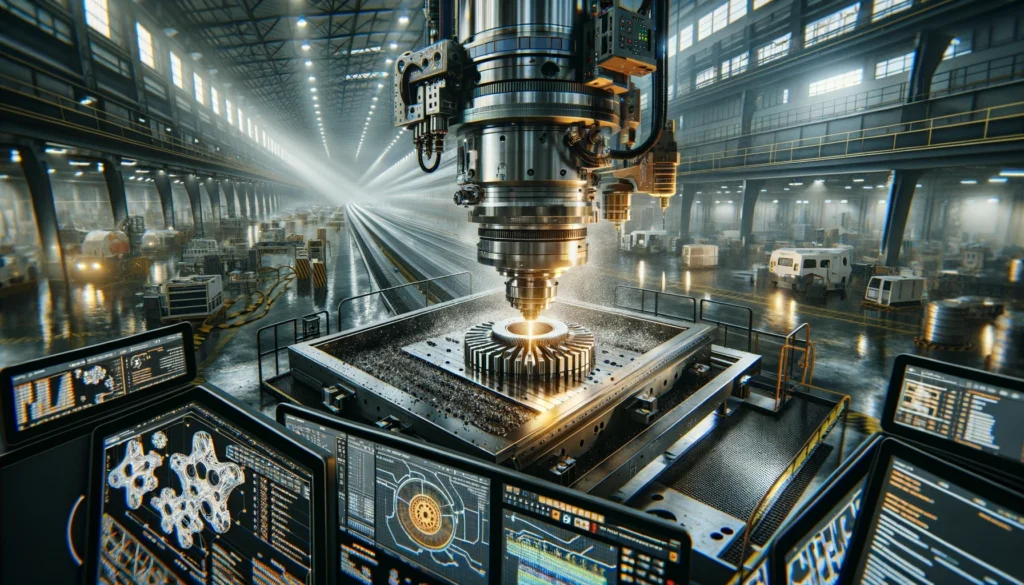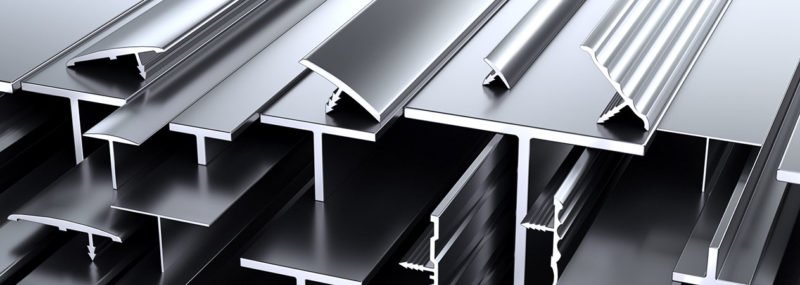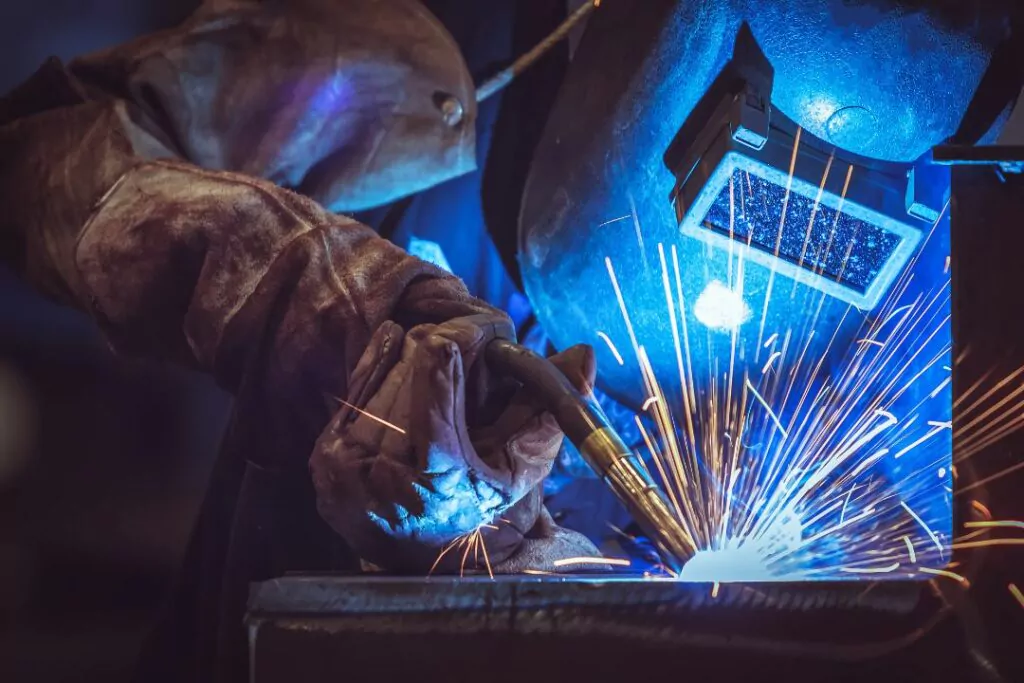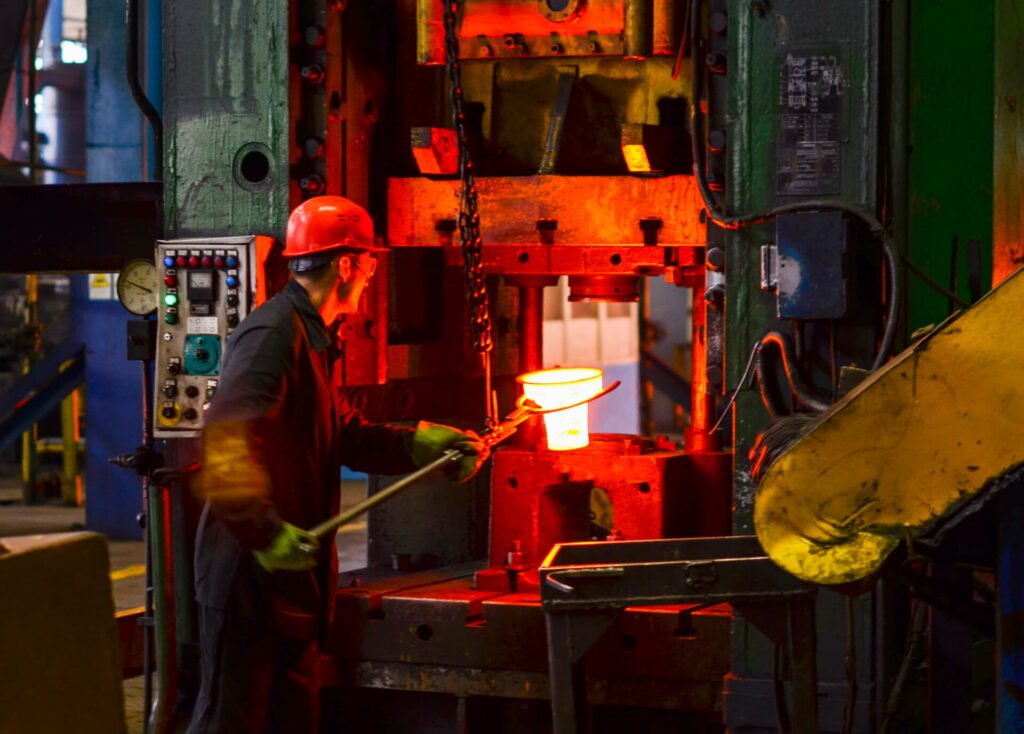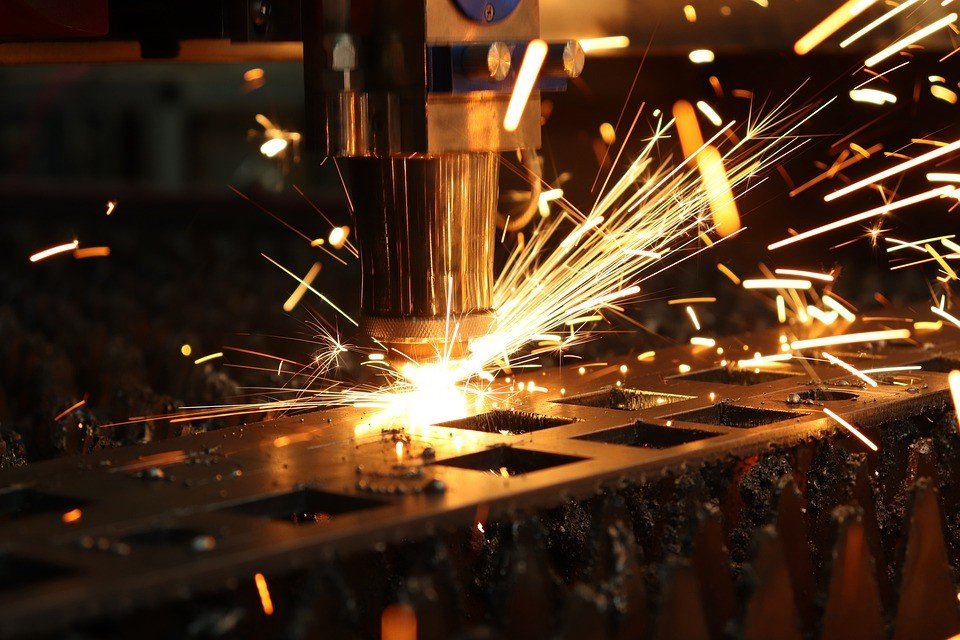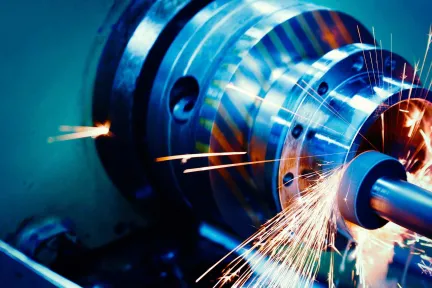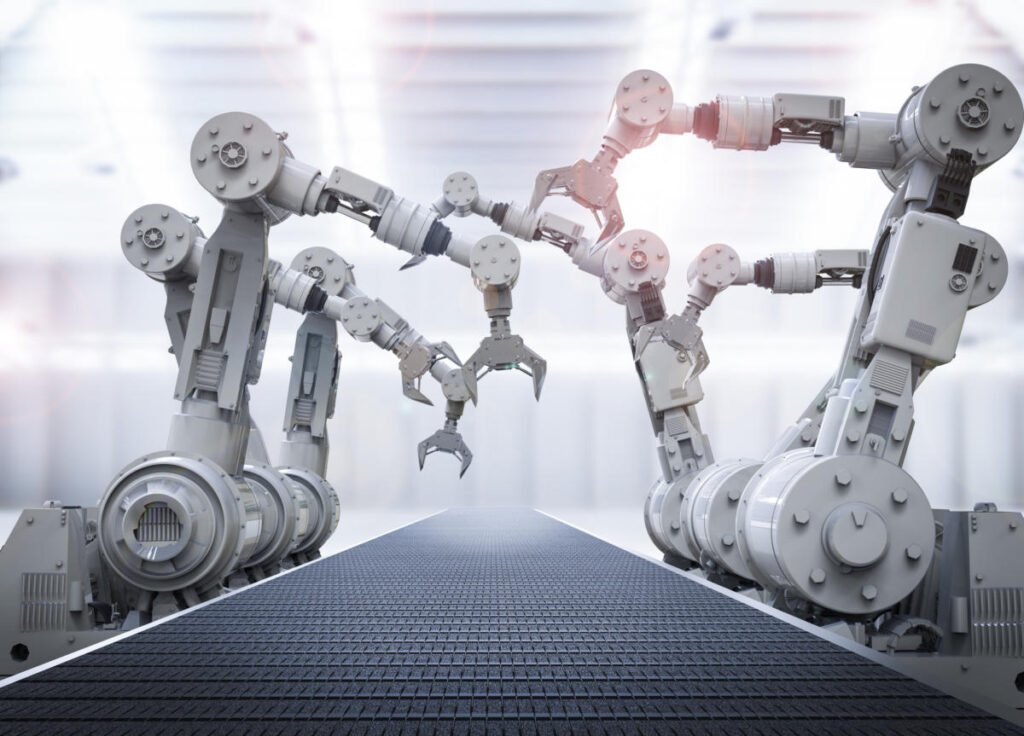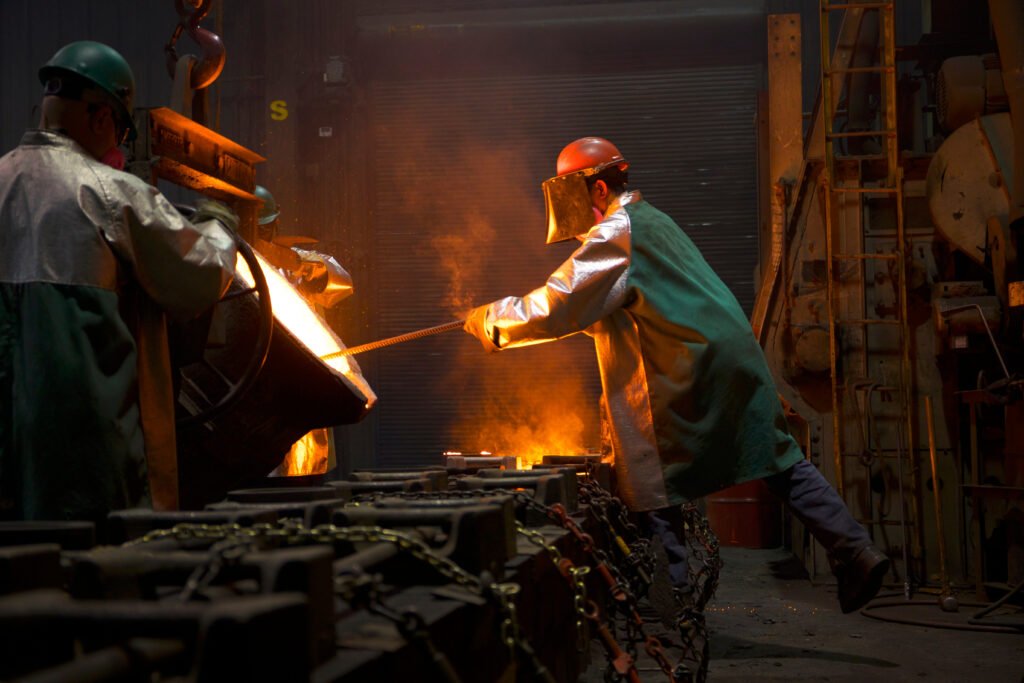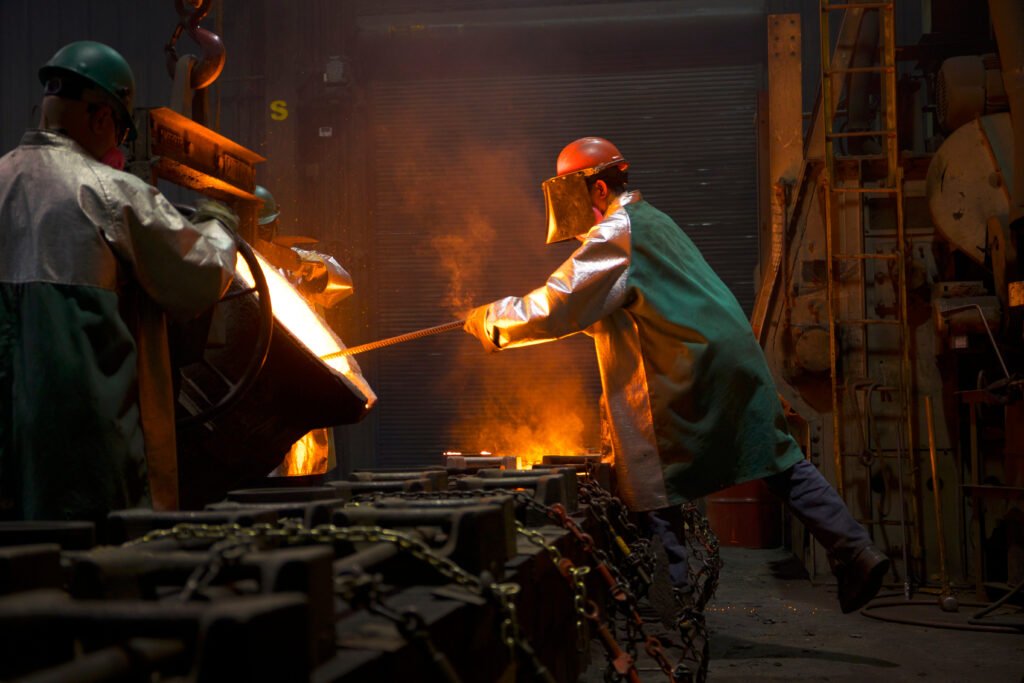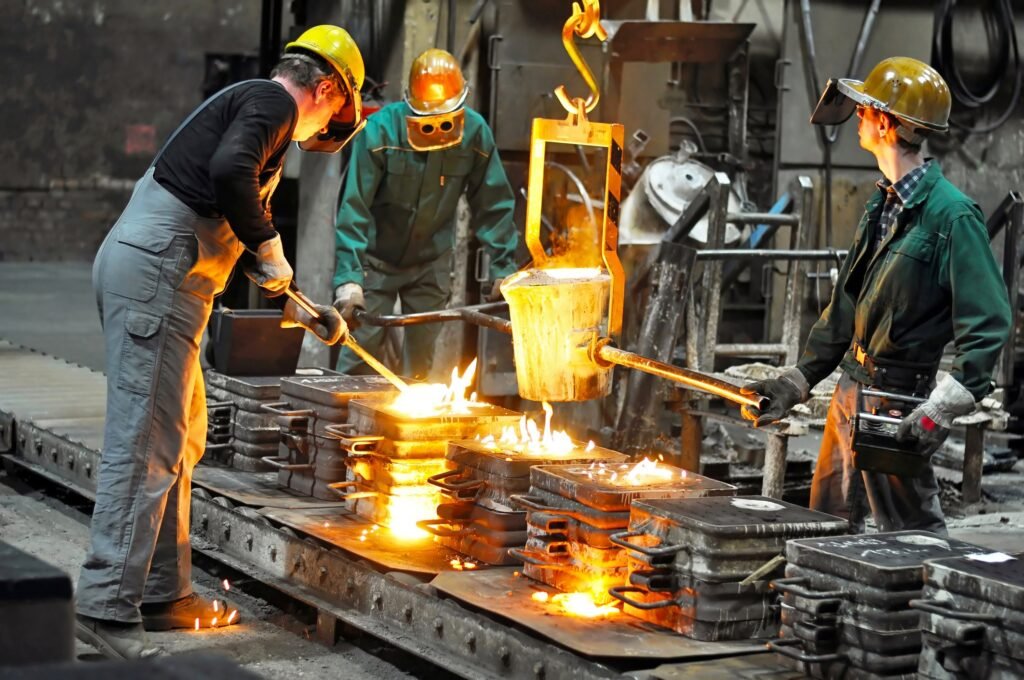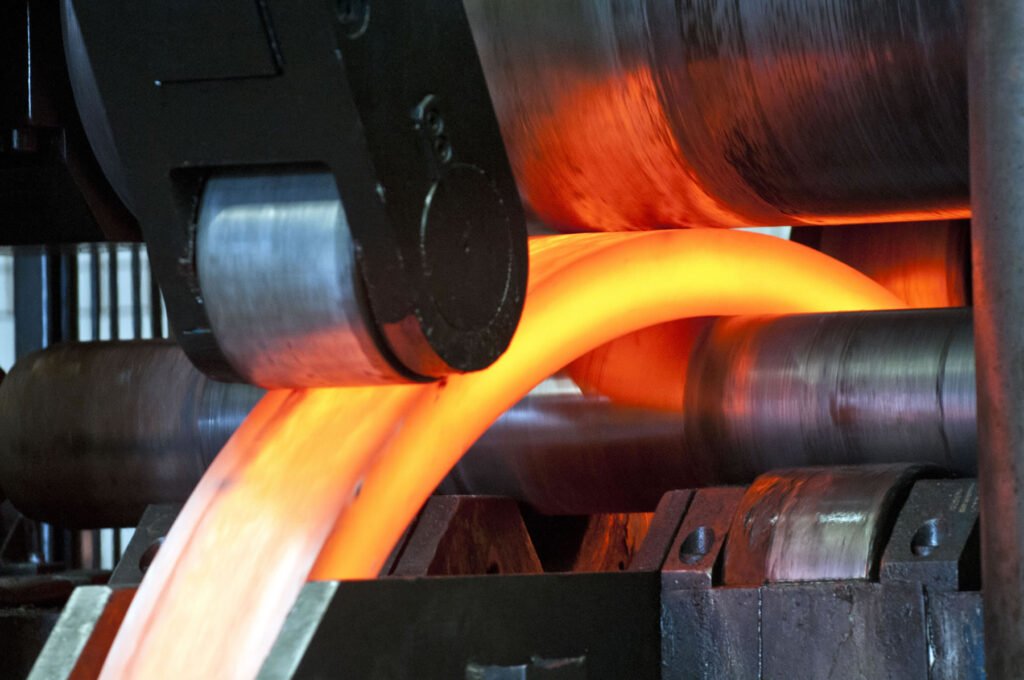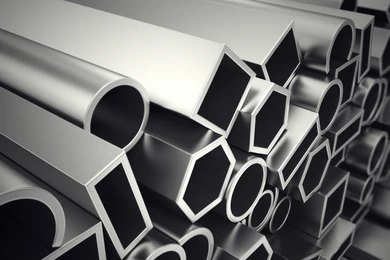
Surface Treatment in Manufacturing: Enhancing Materials and Efficiency

Surface treatment techniques play a pivotal role in modern manufacturing. These processes enhance material properties and contribute to the overall functionality, aesthetics, and longevity of products. In this comprehensive article, we will explore various surface treatment and their methods in on-demand manufacturing.
Understanding Surface Treatment
Surface treatment involves altering the outer layer of a material to achieve specific objectives. Whether improving corrosion resistance, enhancing wear resistance, or simply adding an attractive finish, manufacturers rely on various techniques. Let’s dive into some notable methods:
- Micro-Arc Oxidation (MAO)
What is MAO? Also known as Micro-Plasma Oxidation, MAO is a process that creates a ceramic film on the surface of materials like aluminium, magnesium, and titanium.
How does it work? A dense and hard oxide layer forms by subjecting the material to high-voltage electrical discharges in an electrolyte solution.
Applications: MAO-treated components find applications in aerospace, automotive, and medical industries due to their improved wear resistance and thermal stability.
- Metal Wire Drawing
What is Metal Wire Drawing? This technique involves grinding the surface of a workpiece to create decorative lines.
Visual Enhancement: Metal wire drawing adds texture and visual appeal, making it suitable for architectural elements, jewellery, and consumer goods.
- Bluing
What is Bluing? In ceramics and pottery, bluing is a process where the entire body is coated with a colour glaze and fired in a blast furnace.
Result: The glaze melts, forming a fixed and beautiful colour glaze on the ceramic surface.
Decorative Use: Bluing is commonly used for decorative purposes, adding elegance to pottery and tableware.
- Other Surface Treatment Methods
Powder Coating: Gives a sturdy and attractive appearance to metal surfaces.
Electroplating: Deposits a thin metallic layer on the substrate, enhancing corrosion resistance.
Galvanizing: Protects metals from rust by applying a zinc coating.
Anodizing: Improves aluminium’s corrosion resistance and hardness.
Abrasion Techniques: Sanding, polishing, and electropolishing refine surfaces.
On-Demand Manufacturing (ODM) and Its Impact on Surface Treatment
How does ODM intersect with surface treatment? Let’s explore this dynamic synergy.
Understanding On-Demand Manufacturing (ODM)
ODM, also known as Manufacturing on Demand (MOD), flips the script on conventional mass production. Here’s what you need to know:
- ODM focuses on producing goods only when there’s demand. Unlike stockpiling inventory, ODM tailors production to specific orders.
- Whether it’s customized automotive components or specialized medical devices, ODM ensures precision and responsiveness.
- Cloud technologies facilitate seamless interactions between buyers, engineers, and suppliers.
- These platforms eliminate delays in quoting, enhance supplier management, and improve order visibility.
Advantages of On-Demand Manufacturing:
- Reduced Inventory Costs, say goodbye to large warehouses and excess stock.
- Buyers can obtain quotes conveniently online.
- Produce only what’s needed, minimizing waste.
- Collaborate from anywhere.
Challenges:
Surface Treatment and On-Demand Manufacturing:
Surface treatment involves altering material surfaces to enhance properties such as durability, resistance, and aesthetics. ODM complements surface treatment by aligning production precisely with demand. When a specific order comes in, ODM ensures that the treated components are ready for assembly or use.
The Intersection of Surface Treatment and ODM
- ODM allows manufacturers to apply precise coatings or platings based on real-time orders.
- Whether it’s corrosion-resistant layers for automotive parts or decorative finishes for consumer electronics, ODM streamlines the process.
- ODM’s agility ensures that surface treatment occurs just in time for assembly.
- Components receive treatments like anodizing, galvanizing, or powder coating precisely when needed
- ODM encourages sustainable practices.
- Manufacturers can choose eco-friendly surface treatment chemicals, aligning with global sustainability goals.
- ODM’s real-time nature allows rapid adjustments.
- If a customer requests a specific surface finish, ODM adapts swiftly.
- Stringent Regulations: Environmental norms impact surface treatment processes.
- Initial Investment: ODM requires infrastructure and technology investments.
Opportunities:
- Industry Collaboration: ODM providers can collaborate with surface treatment experts.
- Innovation: ODM opens doors for novel surface treatment solutions.
Surface treatments enhance material properties, while On-Demand Manufacturing streamlines production. As technology evolves, these approaches continue to shape the future of manufacturing.
Mechkonnect: Your Reliable ODM Partner for Surface Treatment Services
Mechkonnect simplifies the process of obtaining customized parts. As your ODM partner, we connect you with a vast network of trusted vendors, ensuring high-quality products that align with your industry’s needs. Whether it’s surface treatment, precision components, or innovative solutions, Mechkonnect delivers excellence.
Learn more about Mechkonnect’s capabilities here.
Maximizing Material Efficiency through CNC Machines
MechKonnect highlights how CNC machines are key to unlocking new levels of material efficiency, enabling faster production cycles and more sustainable manufacturing processes.
See how CNC machines are reshaping the landscape of production efficiency by improving material optimization and streamlining manufacturing workflows.
Recent Post

